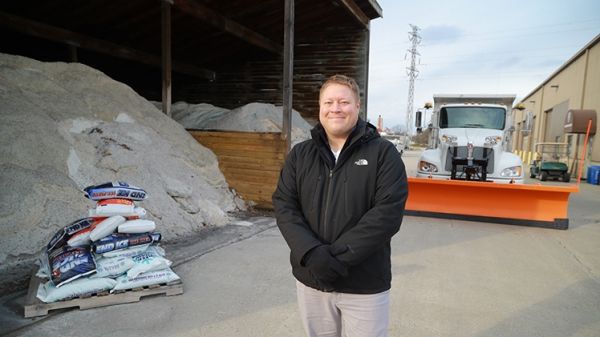Across the U.S., road crews dump around 25 million metric tons of sodium chloride — much like table salt — to unfreeze roads each year and make them safe for travel.
Usage varies by state, but the amount of salt applied to icy roads annually in some regions can vary between approximately 3 and 18 pounds of salt per square meter, which is only about the size of a small kitchen table.
As the use of deicing salts has tripled over the past 45 years, salt concentrations are increasing dramatically in streams, rivers, lakes and other sources of freshwater.
Overuse of road salts to melt away snow and ice is threatening human health and the environment as they wash into drinking water sources, and new research from The University of Toledo spotlights the urgent need for policymakers and environmental managers to adopt a variety of solutions.
The study titled “Road Salts, Human Safety and the Rising Salinity of Our Fresh Waters” is published in the journal Frontiers in Ecology and the Environment and presents how road salts hurt ecology, contaminate drinking water supplies and mobilize harmful chemicals, such as radon, mercury and lead, and then lays out suggested best management practices.
Read more at: University of Toledo
Research by Dr. Bill Hintz, assistant professor of ecology, spotlights how the overuse of road salts to melt snow and ice is threatening our health and the environment. (Photo Credit: University of Toledo_


